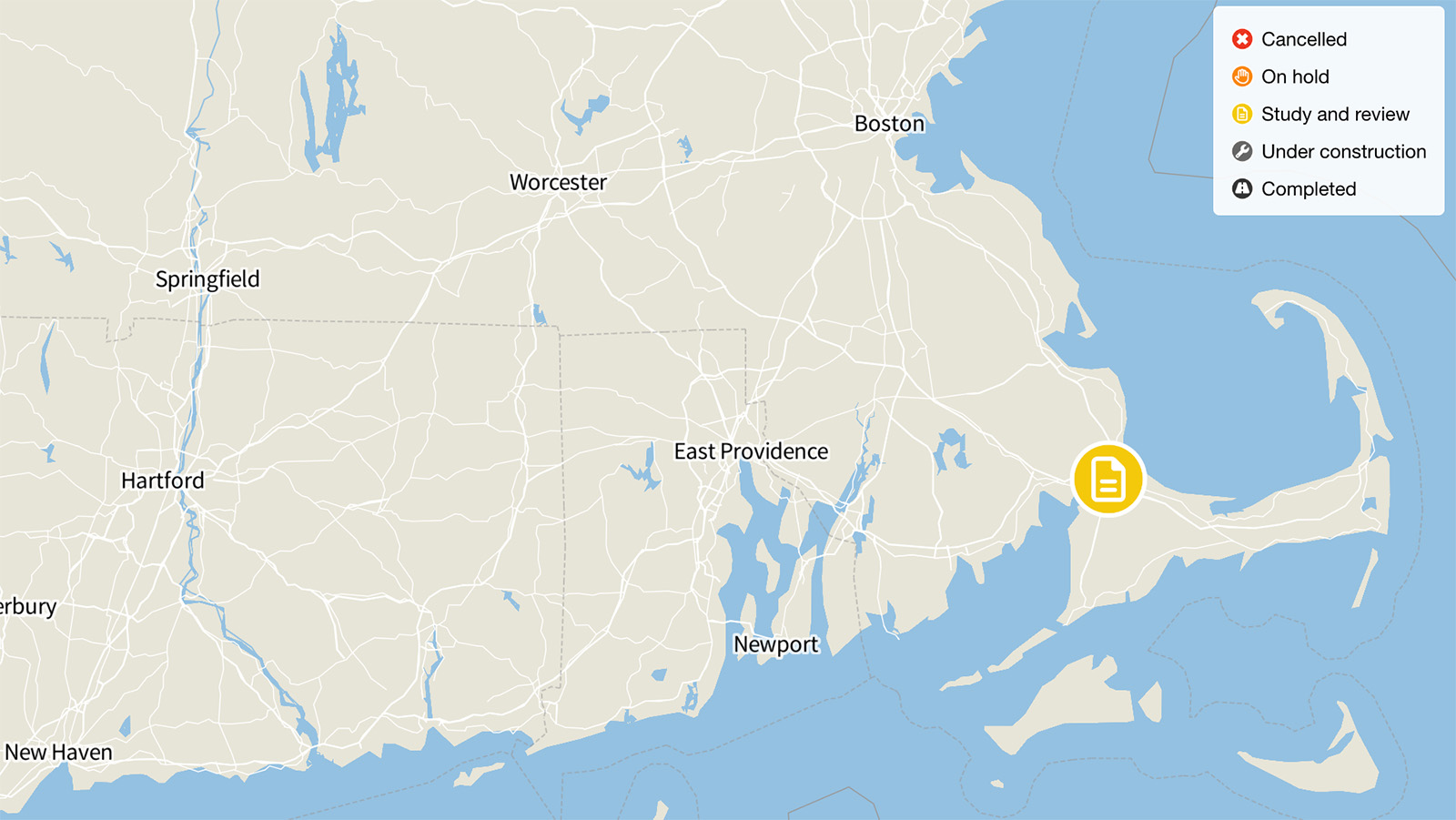
Tesoro Extension, California
In 2016, the Orange County Transportation Corridor Agency (TCA) , the California Attorney General and a coalition of national and local environmental groups reached an agreement settling multiple lawsuits to protect the San Onofre State Beach and cancel prior approval of the Tesoro Extension project. The lawsuits claimed the environmental impact statement was inaccurate and that the project would damage the surrounding environment – specifically, a highly popular park that is home to 11 endangered and threatened species. Now, however, the TCA is looking at new routes for the highway that would cut through the city of San Clemente – and the city of San Clemente is suing to overturn the previous agreement keeping the highway out of San Onofre State Beach.
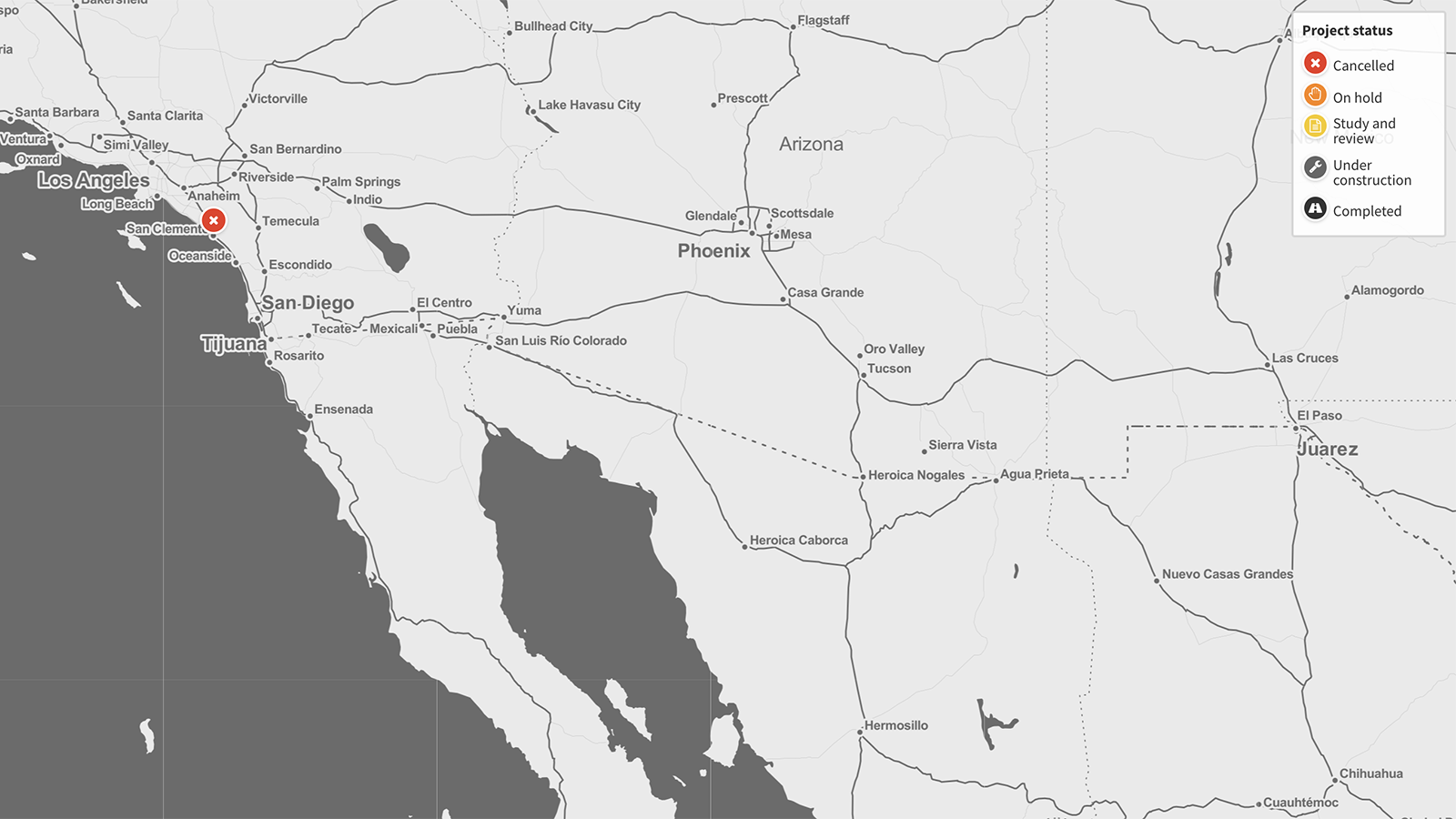
Status: Cancelled
Originally reported cost: $200 million
Current status update:
As of May 2022, the Tesoro Extension project is cancelled.
Update from Highway Boondoggles 4, 2018:
In 2016, the Orange County Transportation Corridor Agency (TCA) , the California Attorney General and a coalition of national and local environmental groups reached an agreement settling multiple lawsuits to protect the San Onofre State Beach and cancel prior approval of the Tesoro Extension project. The lawsuits claimed the environmental impact statement was inaccurate and that the project would damage the surrounding environment – specifically, a highly popular park that is home to 11 endangered and threatened species. Now, however, the TCA is looking at new routes for the highway that would cut through the city of San Clemente – and the city of San Clemente is suing to overturn the previous agreement keeping the highway out of San Onofre State Beach.
Original story from Highway Boondoggles, 2014:
Southern California’s toll road agency has proposed to extend an existing toll highway that might eventually span inland Orange County and connect to Interstate 5. The number of cars on previous sections of the highway, however, have failed to meet expectations. Also, the agency is already struggling to avoid default on its debts.
California 241 is one of several toll roads in Orange County built and operated by the legislature-created Transportation Corridor Agencies (TCA). California officials enabled the creation of toll roads in the area in the late 1980s amid both a shortage of state transportation funding and the perception of insatiable demand for more highway capacity.
Demand for travel on California 241, however, hasn’t met official projections for a decade. In recent years—and especially since the collapse of the housing bubble in 2007—traffic on existing sections of California 241 has been in decline.
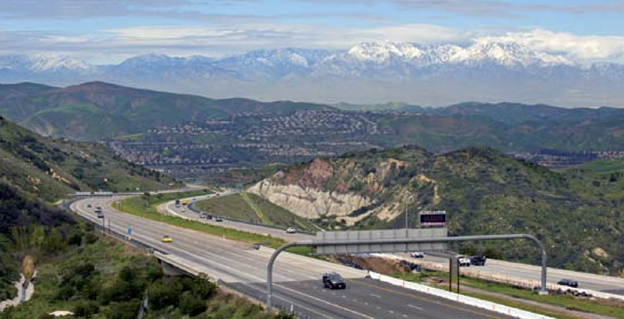
California’s Toll Road 241. Credit: Transportation Corridor Agencies
The TCA measures road use by counting the number of transactions conducted by toll payers on the combined Foothill/ Eastern Toll Roads, which includes not only Route 241 but also Routes 133 and 261. The TCA’s count shows fewer transactions in fiscal year 2014 than in fiscal 2004. As indicated by the dotted trend line below, there were about 32 million fewer transactions in fiscal year 2014 than would have been expected if the trend from 2000 to 2006 had continued.
TCA data do not allow measurement of traffic on Route 241 alone, but California Department of Transportation data do and show a similar trend: Traffic peaked in 2007 and has not shown a return to that level. By 2012, the most recent year for which data are available, traffic on Route 241 was lower than it was in 2002. Traffic is 36 percent lower than it would have been if pre-2006 trends had continued. As a result, since 2007 toll revenue has not met projections. The toll roads’ system-wide revenue has been so low that the TCA was recently at risk of defaulting on $2.4 billion in bonds.
Despite the road’s declining use trends, the TCA has proposed a $200 million “Tesoro Extension” project to extend the road 5.5 miles, in what the agency intends to be the first stage of a 16-mile extension of Route 241. The project would add to the financial liabilities of an agency that is already in trouble.
The TCA’s financial woes come despite several attempts by the state of California to help the agency. The agreement between the Transportation Corridor Agencies and the state’s transportation agency, Caltrans, lets the TCA borrow money to build roads, and then collect tolls until its roads’ construction and operations debts are repaid, after which point the highways would become free to all drivers.
While the bonds are not backed by the state of California, Caltrans, which maintains the TCA’s roads, must approve any refinancing that would extend the TCA’s debt repayment schedule. In 1997, the TCA got permission to extend tolling on California 241 and two nearby toll roads (Routes 133 and 261) from 2033 to 2036, to get more time to pay off the roads’ construction costs. In 2011, the TCA was allowed to extend that time further, to 2040. In 2013 it asked for and received approval to extend tolling even longer, to 2053. As a result of stagnant driving and the TCA’s financial woes, drivers in Orange County will be paying tolls on these roads for decades longer than originally anticipated.
The TCA has also raised toll rates, which, Businessweek reported, “helped the agency’s revenue reach a record $111.8 million . . . even as the number of vehicles using the roads fell to a 12-year low.” The TCA’s finances show no sign of improvement—income has been “about 75 percent of projections,” according to Businessweek.
These facts have led critics to assail the financial case for the extension plan. An analysis by the free-market-supporting Pacific Research Institute found “there is scant evidence that the viability of the 241, which is currently questionable, is improved with the extension.” Concluding that drivers are not willing “to pay a toll that is high enough to cover all maintenance, operational, and capital investments necessary to support the road,” the Pacific Research Institute declared, “Spending money on plans to extend the 241 . . . is not justifiable and should cease immediately.”

Topics
Find Out More

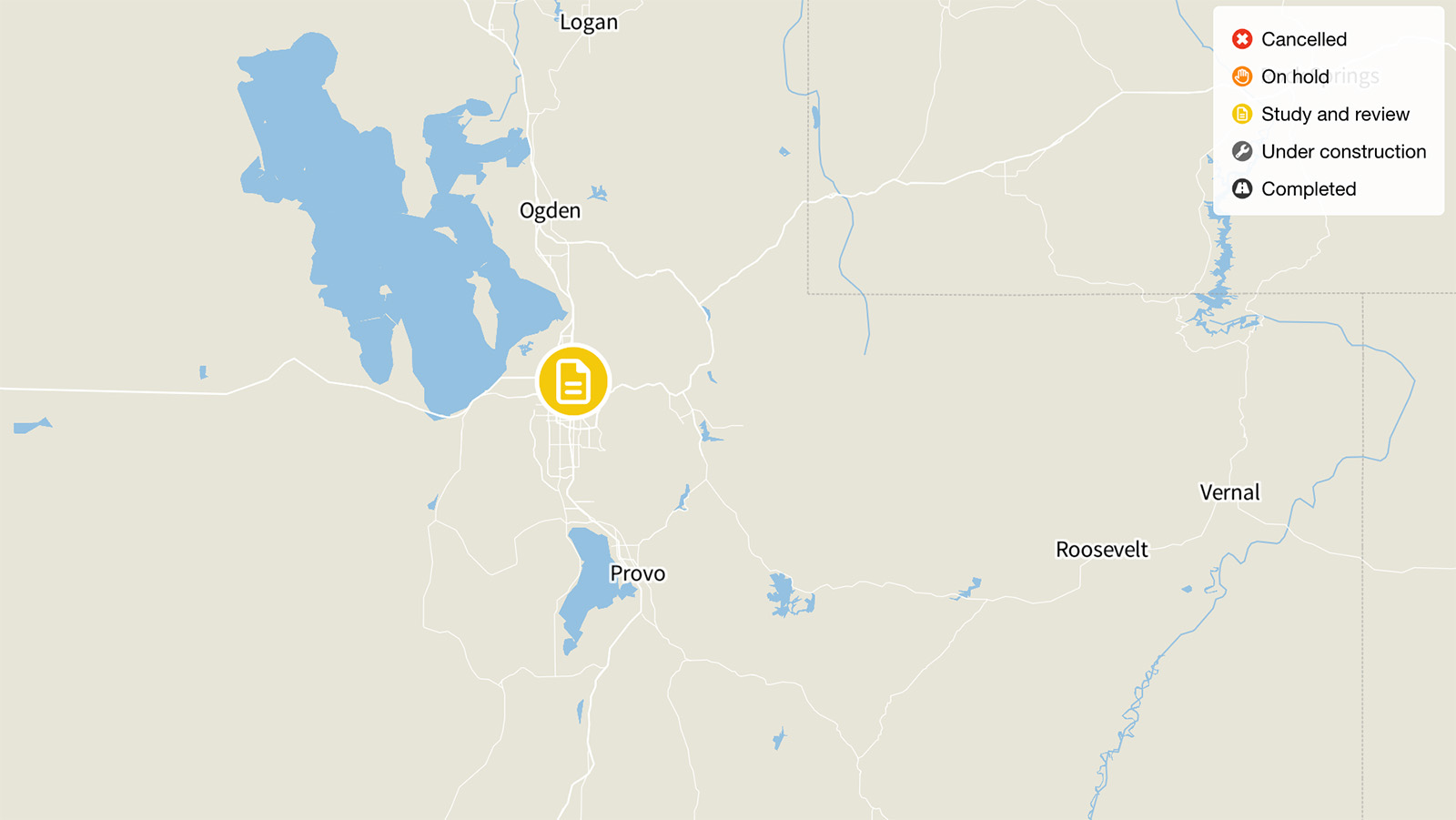
I-15 Expansion, Salt Lake City
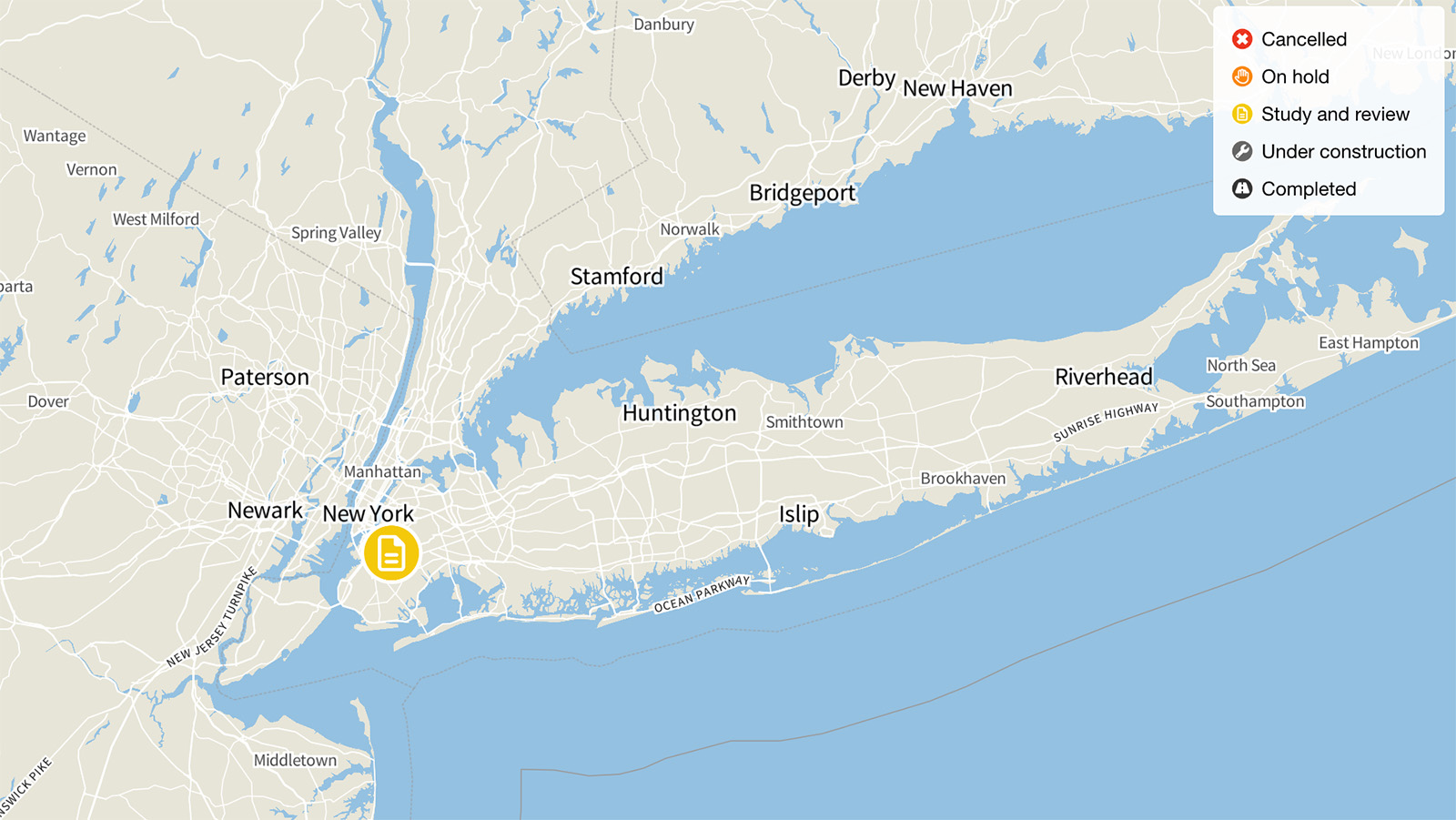
The Brooklyn-Queens Expressway, New York
